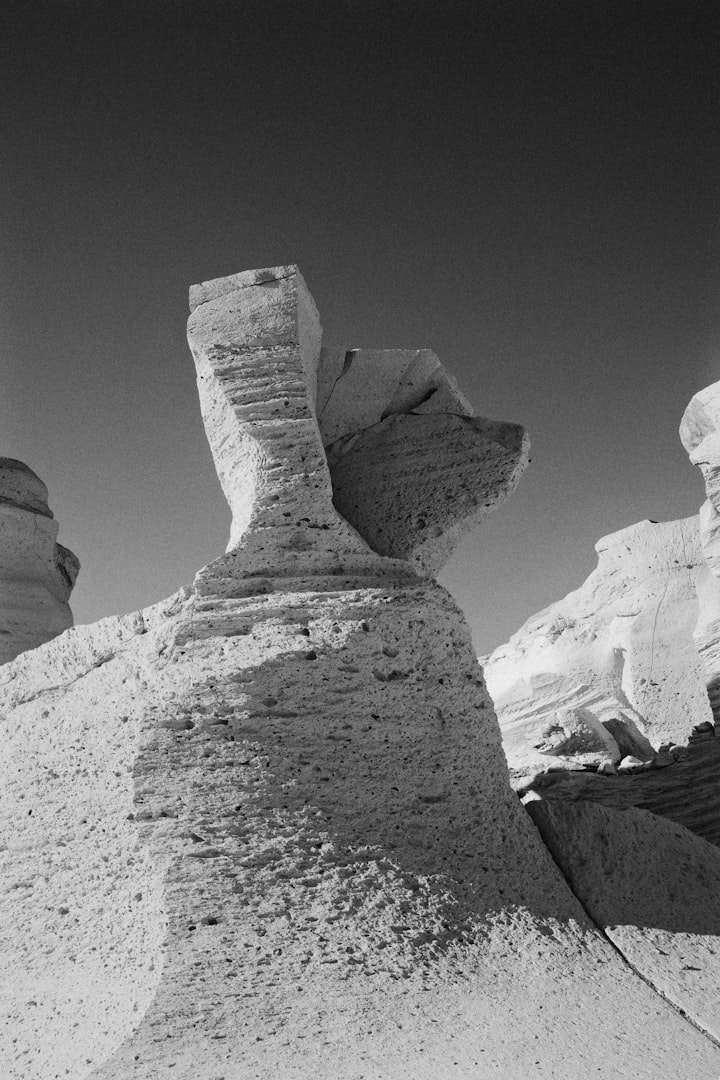How Locals Negotiate the Dangerous Australian Wildlife
Educated young to recognize the risks

It can’t be denied that some of the world’s most deadly creatures can be found in Australia. Sharks lurk in the ocean. Snakes are numerous and bountiful. Spiders are big and scary or small and deadly. Saltwater crocodiles and box jellyfish rule some parts of the land. Even the kangaroos can pack a deadly kick if aggravated.
General consensus from foreigners is that to visit Australia entails taking your life in your own hands and many wonder how Australians can even habitat the land considering the risks involved. But for those born in what is locally commonly known as the ‘Lucky Country’, the inherent dangers around them are instilled into them from a young age. This education differs depending on the state or territory that one is reared in.
Walking unknowingly through a cobweb is almost a rite of passage for an Australian, as is getting a bluebottle tentacle wrapped around a limb. One is aware to check carefully for redback spiders before sitting in outdoor furniture and banging a shoe left outside against a brick wall or fence post in case a funnel web spider has made a home inside.
Many kids enjoy idyllic childhoods growing up in towns and cities along Australia’s pristine coastline. Learning to surf, becoming a lifesaver and mastering the skateboard are pretty much standard achievements for these kids. Detailed knowledge of the local marine life comes a pretty close second.

There is the obvious risk of sharks and kids are taught early in life not to swim at dusk or dawn which is when feeding time for sharks occurs. Some beaches have shark nets but these aren’t always effective so frequent glances around the water whilst tread watering is never frowned upon. If there are swimmers further out then others they are deemed to be shark bait and can lull shallow water swimmers into a false sense of security. But deep down most Australians are aware that sharks are both deceptive and unpredictable, so in all fairness, nobody ever feels one hundred percent safe when entering their domain.
Obviously the sharks are not the only dangerous animal lurking in the water. There are blue ringed octopus, stone fish, sea snakes and sea urchins that all like to hang out in rock pools and that are all poisonous. With this in mind locals know to always be vigilant for any suspicious floating ‘debris’ with fins, tails or tentacles.
There is the deadly Irukandji jellyfish that effectively prevents humans from swimming in the water, but fortunately they only inhabit the Northern Australian waters. And the jellyfish season generally only lasts for eight months so for those who are up for it the winter months are probably safe times to swim.
Australia has about fifty species of stingrays and they had never really given locals too much cause for concern with many skimming past swimmers without much of an issue. But stepping on one lurking on the sandy ocean bottom has its dangers which all of us learnt the hard way back in 2006. Since losing Steve Irwin to a barb from one of these freaky looking animals Australian’s have discovered a newfound respect for this fish.

Of course you have both saltwater and freshwater crocodiles to contend with in certain areas of the country. And these prehistoric reptiles quite often like to wander into areas that can be frequented by humans. In towns where crocs are in predominate numbers it’s not unusual to have them hang in storm drains and under suburbia creek bridges. You always get some crazy people that ignore the danger signage and dare to swim or fish in areas where crocodiles live. Their reckless behavior often ends as another death or attack statistic.
Australia varied countryside can be lush or sparse; abundant or harsh; flat or mountainous. There are countless National Parks and treks that lead through the varied native flora and along the way it not uncommon to also come across some native fauna. Over time some of these animal species have been forced out of their natural habitat and can be more frequently spotted among the general human population.

With approximately 140 different species found in Australia snakes can be found pretty much everywhere in the country. Some 100 of these species are poisonous, although only 12 are able to inflict a wound that could kill. Besides snake catchers and people that work in reptilian enclosures at zoos pretty much every Australian is freaked out by these slithering reptiles. Not only can they be chanced upon on peaceful bush walks but these slippery suckers can be found in backyards, beaches, shops, cars and inside homes. There is probably only one other thing besides actually spotting a snake that freaks Australians out. That’s finding a recently shed ten foot snake skin close to the home.
Then there are the estimated 10,000 species of spiders inhabiting Australia that make up the most widely distributed venomous creatures in the country. Locals know to be very wary of these eight legged creatures and it’s common to shake clean washing before folding it, check under anything that is located outside that needs to be picked up and to be extremely cautious when pulling the windscreen sun visor down in the car. Probably one of the scariest scenarios is spotting a huntsman spider the size of a dinner plate crawling up a nearby wall.

There are 27 species of Australian bush goannas and they can grow up to two metres in length. With a forked tongue, a scary looking face and a swaggering, menacing walk these guys look pretty scary. Like their original ancestors from 15 million years ago these carnivores have extremely sharp teeth and claws to help them hunt and eat and can live up to forty years in the wild. They are very wary of humans in their habitat and will likely run away but they will rear up when threatened and let out a harsh hissing sound and can give a nasty bite. Australians know not to mess with these guys.

Kangaroos are marsupials that bound along on powerful hind legs and balance themselves with their strong tails. A large male can stand up to 6 ft 7 in and weigh close to 200 lb and can get extremely aggressive towards a person if it feels threatened, which is something any educated Australian would never do. A kangaroo may push or grapple with its forepaws or sit back and kick out with its hind legs and as resulting injuries can be serious, avoiding conflict with kangaroos is vital. Although the risk of being attacked is very low it does increase in areas where humans have altered kangaroos’ natural habitat and feeding patterns.

The Australian magpie swooping season generally occurs between the months of August and October, sometimes longer. This is the time when cyclists equip their helmets with colorful cable ties in an attempt to prevent these aggressive attacks by this black and white native bird. Magpies tend to swoop to protect their young and warn potential predators to stay far away from their nest. Most Australians are familiar with the swooping of magpies and it’s safe to say that many have probably fallen victim to a swooping or two during their lives. Both facial scratches and eye injuries have occurred from their beak and sharp claws. Areas where swooping magpies occur are often announced on local news channels to warn locals of their whereabouts.
There are many other dangerous animals to be found in Australia but the animals detailed above are predominately the ones that Australians are more likely to come across in everyday life. Regardless of the abundance of dangerous wildlife, this wonderful country also has majestic beaches, immense deserts, Savannah grasslands and wondrous rain forests and I feel blessed to call it my home.






Comments
There are no comments for this story
Be the first to respond and start the conversation.